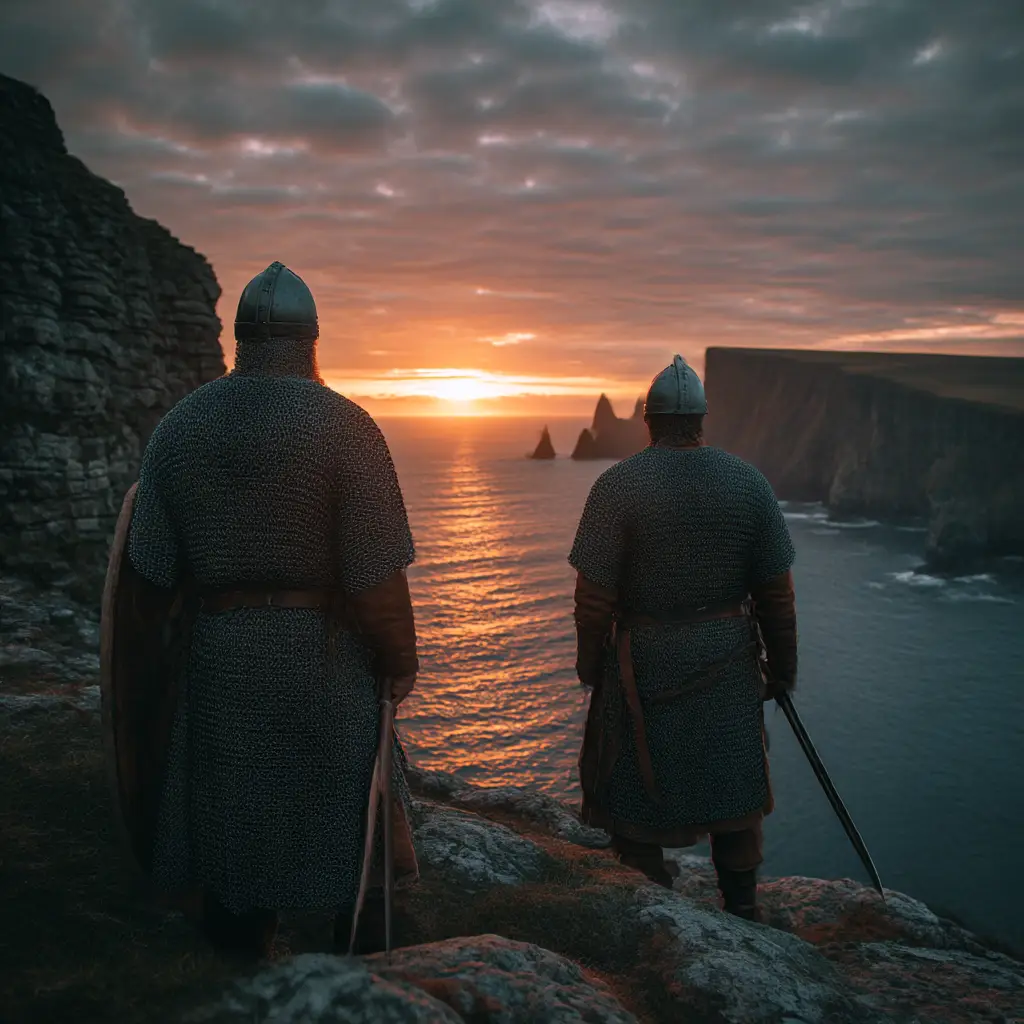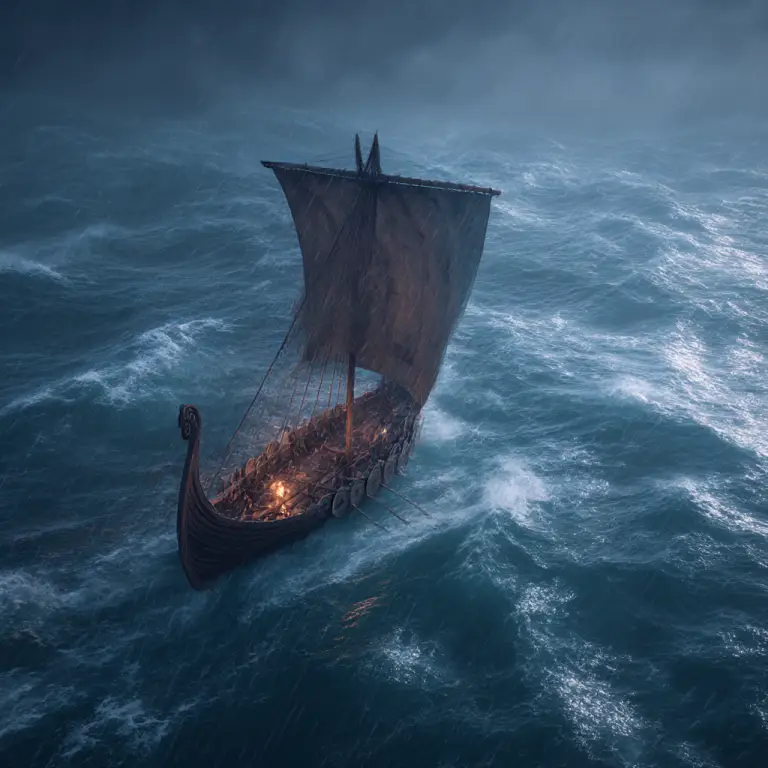The Orkneyinga Saga is one of the most important medieval sources for understanding the Viking Age in the North Atlantic. Written in the early 13th century in Old Norse, it provides a rich historical narrative of the Norse earls of Orkney from the late ninth century through to around 1200. The saga blends history, legend, and storytelling, giving an invaluable insight into how the Norse settlers in the Northern Isles viewed their origins, their struggles for power, and their ties with both Norway and Scotland.
The saga begins with the story of Norse expansion westward from Norway during the reign of King Harald Fairhair, when many Vikings sought new lands to escape his growing control. It tells how the islands of Orkney and Shetland became havens for these seafarers and were eventually brought under Norwegian rule. The early chapters recount the arrival of the first Earl, Rognvald Eysteinsson, and the granting of the earldom to his kin, marking the beginning of centuries of Norse rule and influence in the islands.
Throughout its chapters, the Orkneyinga Saga follows the lives of successive earls, portraying a world shaped by shifting alliances, feuds, battles, and voyages across the North Sea. Figures such as Earl Sigurd the Mighty, Thorfinn the Mighty, and Saint Magnus stand out as central characters. Sigurd is depicted as a warrior of great ambition whose death came from a wound inflicted by the tooth of a decapitated foe. Thorfinn emerges as one of the most powerful earls, ruling over vast territories that stretched from Orkney to the north of Scotland. Saint Magnus, on the other hand, represents the Christianisation of the islands and the moral transformation that accompanied it. His story, marked by faith, peace, and martyrdom, became one of the most enduring elements of the saga, and the Cathedral of St Magnus in Kirkwall still stands as a tribute to his memory.
While often dramatic and heroic, the saga also reveals the complex political landscape of the North Atlantic during the medieval period. The Orkney earls operated between two worlds, owing allegiance to the Norwegian crown while maintaining close ties with the emerging Scottish kingdom. The result was a constant tension between independence and loyalty, reflected in the frequent conflicts and betrayals that fill the saga’s pages.
As a literary work, the Orkneyinga Saga belongs to the wider tradition of Icelandic sagas, which sought to record and celebrate the deeds of ancestors. Its prose style is direct and vivid, preserving oral traditions that had been passed down for generations. Though written long after many of the events it describes, the saga captures a strong sense of place and identity, connecting the people of Orkney to their Norse heritage.
Today, the Orkneyinga Saga remains a cornerstone of Orkney’s cultural history. It offers a rare window into a time when the islands were a focal point of Norse power in the British Isles, and its stories continue to inspire historians, archaeologists, and visitors alike. Whether viewed as history, legend, or both, the saga stands as a testament to the enduring legacy of the Vikings in the Northern Isles and their lasting influence on Scottish and Norse culture.
- Orkneyinga Saga The Earldom under Torf-Einar and His Descendants
- Orkneyinga Saga Rognvald Eysteinsson
- Orkneyinga Saga The Early Earls: Sigurd the Mighty and His Successors
- Orkneyinga Saga – Origins and Early Settlement



